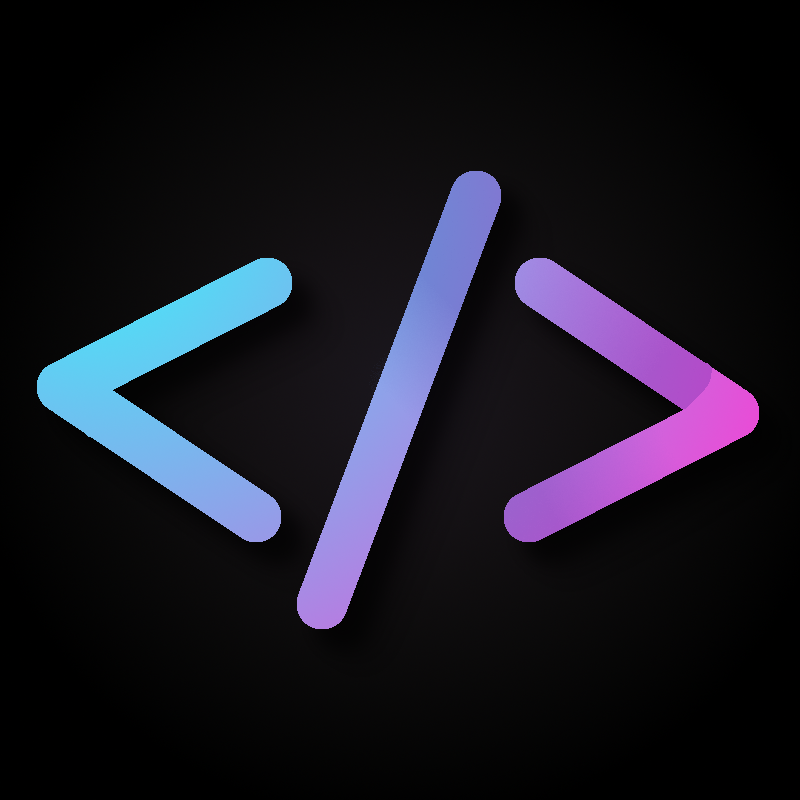Crazazy [hey hi! :D]
- 2 Posts
- 37 Comments
For me it’s not the time spent at the checkout that matters, it’s the time spent waiting at the checkout. Also over here cashiers don’t bag your items for you, so you have to do that anyway
Also also, they have these really handy hand scanners over here so I can already bag my items while I’m walking through the store, and then the only thing I have to do at self-checkout is hand in the scanner and pay for the groceries. That is genuinely a lot faster than normal cash register shenanigans.


Spheres of Chaos is an old asteroids based game that really ups the ante on trippyness and cool sounds
I should warn you though that it is very flashy, so epilepsy warning is in order


Honestly all of the mysims games I played were the shit when I was a child. Don’t know what I would thing about them today though but
Yeah if you play ssf you sidestep these problems entirely and then the only problem you might have is simply just inventory management (which also only comes up in the lategame)
You can easily get through PoE1’s main campaign without paying a dime
Someone also posted a video of them essentially getting through the “midgame” of path of exile in 24 hours without paying as well https://youtu.be/JeIDCxQhZM4
However, during that midgame he shows that he really starts having trouble with the lack of stash tabs for trading. It’s doable, but that’s kind of where you start hitting your limits
All in all, if you play for the main campaign it’s essentially just a free game, and if you play without trading the game is still designed to be somewhat doable. Really the only thing you miss out on is trading
As a nix user, guix looks legit nice but it took me until 2 days ago to actually find community projects made for guix(https://whereis.みんな/) . Sometimes I just wish they used the same store and daemon as nix so that nix packages can work as guix dependencies and vice versa.
(Also major thing stopping me from using guix is I don’t get service types at all, let alone how you’d define your own service :( )


Second semifinals are today and I kinda hope there will be a riot going on in Malmö. Or at least make sure the EBU has to make more statements tomorrow


What are you on about? The open letter was specifically advocating against sponsorships and advertisements of the Military Industrial Complex. I.E. private companies who specifically try to turn a profit from countries going to war. Companies that literally earn money over people’s dead bodies. I think the people that wrote the open letter were very aware that being sponsored by the military was something that is hard to avoid. However there is a clear difference between being sponsored by a military and being sponsored by, like, literal death merchants


Would it be fair to say that Neovim attempted with Lua to bridge that gap and also make it a lot more accessible?
I think so? Tbh I’m not very involved in the modern version of neovim but I don’t disagree with them moving to lua
I don’t think you did, but I’m already aware. I even have some concerns regarding its sandbox 😅. Would you happen to know more regarding this?
EWW (short for Emacs Web Wowser) is very basic, only really working with the HTML and not so much the css, and definitely not JavaScript. Don’t expect anything fancier than a blog post to work :P


Would you happen to know to what that is attributable?
Not sure but I suspect it’s 2 things:
- the default editor is kinda shit
- but it is really good at editing it’s configuration language: elisp
So people have a need to change their editor, and a good configuration language to do it in. Moreover, emacs secretly comes with a bunch of built-in features, not enabled by default. It also helps that emacs is not terminal-based, allowing users to do stuff in emacs that you aren’t able to do in a normal terminal (like viewing images, or searching for images on the web. Did I already say that emacs has a built-in (primitive) web browser?) and generally means that emacs users “live” in emacs, as they already have access to so many features.
If you compare this to vim
- good text editing experience by default
- vimscript wasn’t all that great (lua is better but neovim is still a very good editor so the drive to fix all it’s warts isn’t quite there)
- it is terminal based, so you can’t do some of the funny stuff that emacs allows you to do
Did I understand you correct in that customizing Spacemacs is a completely different beast?
Correct.
So knowledge acquired related to it doesn’t translate well to Vanilla/Doom Emacs and vice versa?
I wouldn’t quite say that. It is more that you are probably going to need some prerequisite emacs knowledge to make the best use out of spacemacs’ layer system. To figure out how spacemacs works, you first need to have a basic idea of how emacs works. Doom is a bit closer to the metal, so you need to know less in order to properly customize it


Oh! Emacs fanboy here!
I think that one of emacs’ surprising great points is that there is a plugin for a lot of smaller languages. If you’re working with a language that has no special text editor love at all you’re likely better off using vim but if the language authors made a plugin for their language, it’s likely either going to be for emacs or vscode.
As for distribution
vanilla emacsDoom emacs. Spacemacs has a bespoke customization system involving layers that is not all that friendly towards copy & pasting code from the internet. Doom emacs customization leans more to the vanilla side which can help if you need to solve a problem in your workflow.(Obviously vanilla emacs works best in that regard, but I can understand not wanting to start with default emacs straight away)


I think that when it comes to functional programming with effect systems, unison is currently the closest to showing how it is actually done. Koka and languages like Effekt are of course very nice, but they don’t show much going for them besides the example nondeterminism and exception effect. Verse, that language that was going to be used as Fortnite’s scripting language, also plans on adding these effect systems a la Koka.
Overall, I think one of 2 things will happen:
- unison will slowly gain more and more adoption and grow out to become a formidable niche language
- Verse will blow unison out of the water and everyone who once even considered unison will be moving to Verse instead


This Arch story reminds me a lot of a r/talesfromtechsupport story that went remarkably similar but had a less happy ending for the Linux enthusiast, where he basically disabled the TPM and couldn’t access the company network because the network seemed to only allow trusted machines.
Can’t find it right now but maybe I can do some digging once I’m on a computer


Isn’t there usually a yellow pop-up on the top of the screen showing microphone and webcam controls if they are active? I think that’s how you control it. Now this isn’t per-tab control, but it’s better than no control at all I guess





Checked the build.zig file for ghostty, seems to be for manpage generation. Zig itself doesn’t use Haskell though